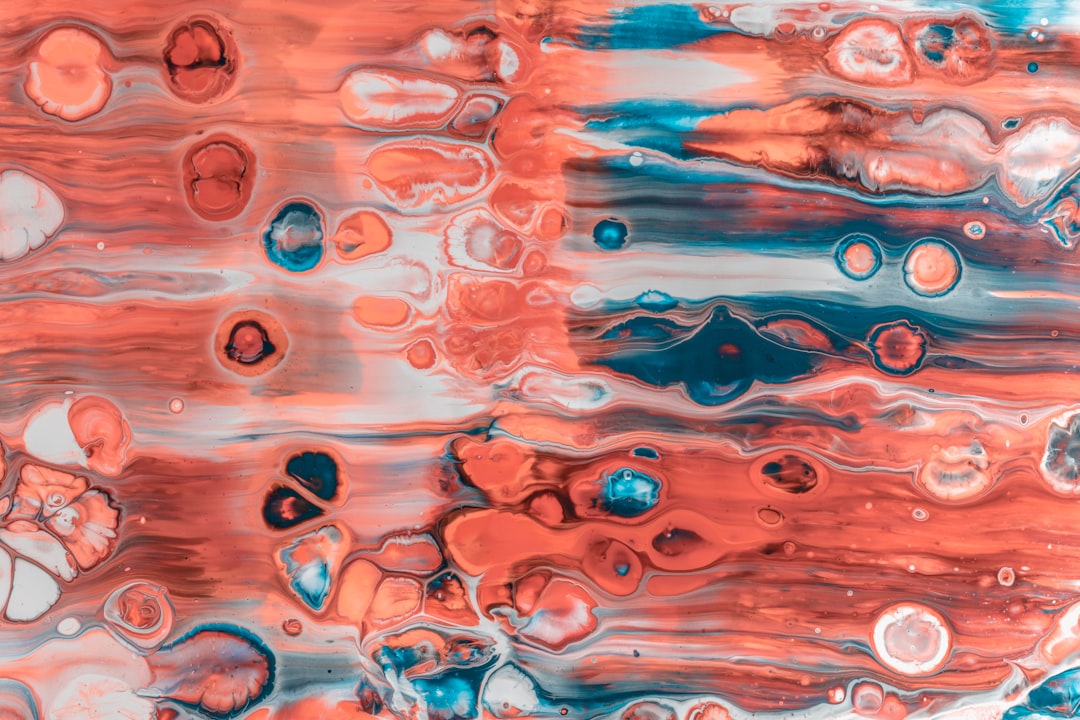What is it about?
The efficient multicomponent synthesis of 3,4-dihydropyrimidin-2(1H)-ones promoted by a heterogeneous Cu/silica xerogel composite is presented herein. This composite was synthesized by the sol-gel methodology employing CuCl2 as the metal source. The catalyst can be easily recovered and reused in subsequent reactions.
Featured Image

Photo by National Cancer Institute on Unsplash
Why is it important?
Metal/Silica Nanocomposites are a recoverable heterogeneous catalyst able to promote several types of reactions catalyzed br Lewis acids such as Cu. After promote the reaction, it can be separated by a simole filtration, dried and reused several times.
Perspectives
The sol gel methodology serves to anchor different metals in its structure making the metal recoverable and contributing to good environmental conservation practices.
Prof. Dennis Russowsky
Universidade Federal do Rio Grande do Sul
Read the Original
This page is a summary of: Multicomponent Synthesis of 3,4-Dihydropyrimidin-2-(1H)-Ones with a Cu/Silica Xerogel Composite Catalyst, Letters in Organic Chemistry, January 2007, Bentham Science Publishers,
DOI: 10.2174/157017807780037496.
You can read the full text:
Contributors
The following have contributed to this page










